
Tracked All-Terrain Utility Vehicle Revolutionizes Emergency Rescue Operations in Disaster Zones
In the face of increasing natural disasters and emergencies, the ability to respond quickly and efficiently to save lives is important. The tracked all-terrain utility vehicle (ATV) has emerged as a game-changing asset in disaster relief operations, offering unparalleled mobility and versatility in even the challenging environments. As weather events, earthquakes, floods, and wildfires continue to wreak havoc across the globe, the demand for such vehicles has soared, positioning them as critical tools in modern-day emergency rescue efforts.
A New Era in Emergency Response
The tracked all-terrain utility vehicle is specifically designed to navigate difficult and rugged terrain that conventional rescue vehicles simply cannot. Equipped with large, durable tracks instead of wheels, these vehicles can traverse snow, mud, sand, steep inclines, and debris-riddled landscapes, ensuring that rescuers can reach victims in areas that would otherwise be inaccessible. From remote mountain ranges hit by avalanches to flood zones submerged in water, the tracked ATV has proven itself as an indispensable piece of equipment.

Emergency responders and rescue teams in disaster-stricken areas are increasingly turning to tracked all-terrain vehicles due to their ability to maneuver through nearly any environment. The heavy-duty tracks distribute the vehicle’s weight, reducing ground pressure and allowing it to glide over soft ground without getting stuck. This feature has been particularly useful in regions experiencing heavy flooding, where traditional vehicles would quickly become immobilized.
Versatility in Rescue Missions
One of the good capabilities of the tracked ATV is its adaptability. These vehicles can be outfitted with a variety of equipment to meet the unique demands of different emergency situations. For instance, they can be equipped with medical kits, rescue sleds, and even winches to extract victims from precarious positions. In flood-prone areas, specialized attachments can help with water pumping and rescue operations, making the tracked ATV a multifaceted solution in times of crisis.
Furthermore, tracked all-terrain vehicles are often designed to carry multiple personnel at once, allowing rescue teams to transport victims and colleagues alike. This feature becomes especially valuable when air evacuations or helicopter rescues are not feasible due to weather conditions or damage to airstrips. The ability to shuttle people between inaccessible locations with ease and efficiency can save vital time when every second counts.
Proven Success in Disasters
The tracked all-terrain vehicle's performance has been demonstrated in numerous real-world disaster relief efforts. In the aftermath of the 2017 earthquake in Mexico, rescue teams relied heavily on these vehicles to reach isolated communities. Many of these areas were buried beneath rubble or surrounded by unstable roads, making traditional rescue vehicles ineffective. However, tracked ATVs were able to maneuver over debris and difficult terrain, allowing rescuers to extract survivors in record time.
Similarly, during the devastating floods in 2019 that struck parts of the Midwest United States, tracked ATVs played a crucial role in evacuating stranded individuals and delivering vital supplies. In many cases, these vehicles were the only means of reaching people cut off from the rest of the world, illustrating the significance of their role in flood relief efforts. The vehicles’ amphibious capabilities, allowing them to operate on both land and water, proved essential in navigating the submerged streets of flood-ravaged cities.
Key Features Enhancing Rescue Efforts
A number of features set the tracked all-terrain utility vehicle apart from other emergency response tools. Its robust design, which allows it to handle high-impact environments, makes it ideal for post-disaster scenarios. Many of these vehicles are built with reinforced structures to protect against obstacles such as rocks, fallen trees, and even hostile weather conditions. Additionally, many tracked ATVs are equipped with powerful engines, allowing them to carry heavy loads or traverse steep inclines with ease.
Another noteworthy benefit is their ability to work alongside other emergency response units. Tracked ATVs are often deployed in coordination with helicopters, drones, and ground-based rescue teams to create a comprehensive disaster management strategy. While helicopters are limited in their ability to land in some disaster zones, tracked ATVs can bridge the gap by reaching remote or cut-off locations where other vehicles cannot venture.

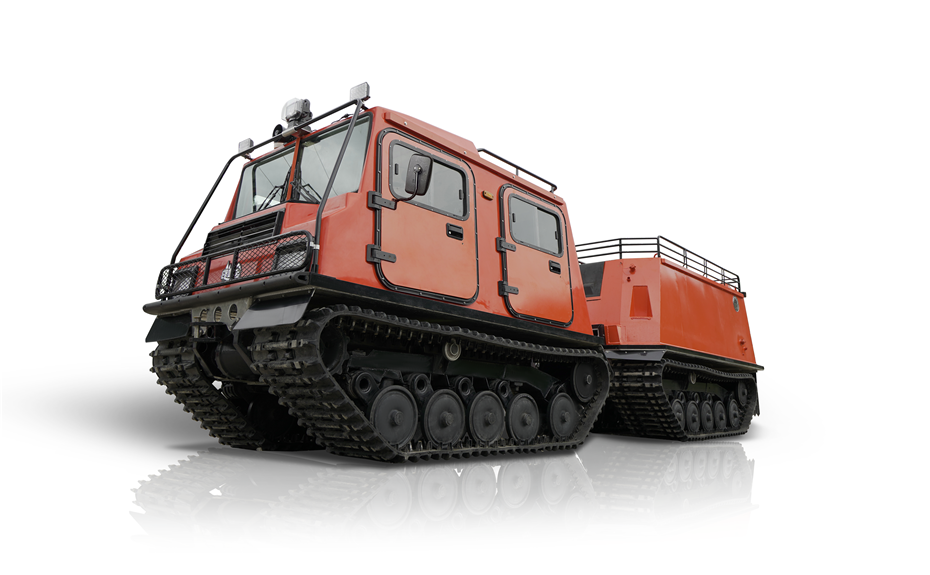
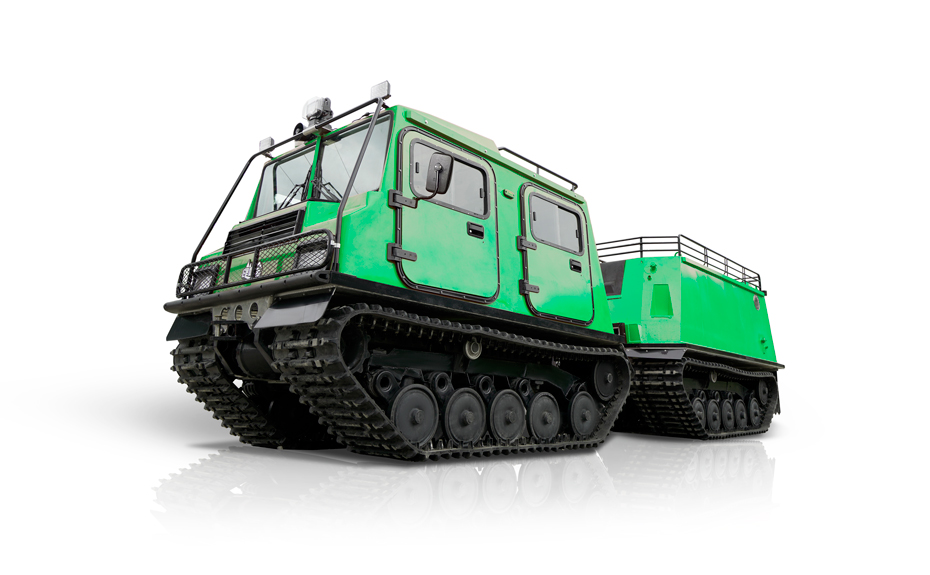
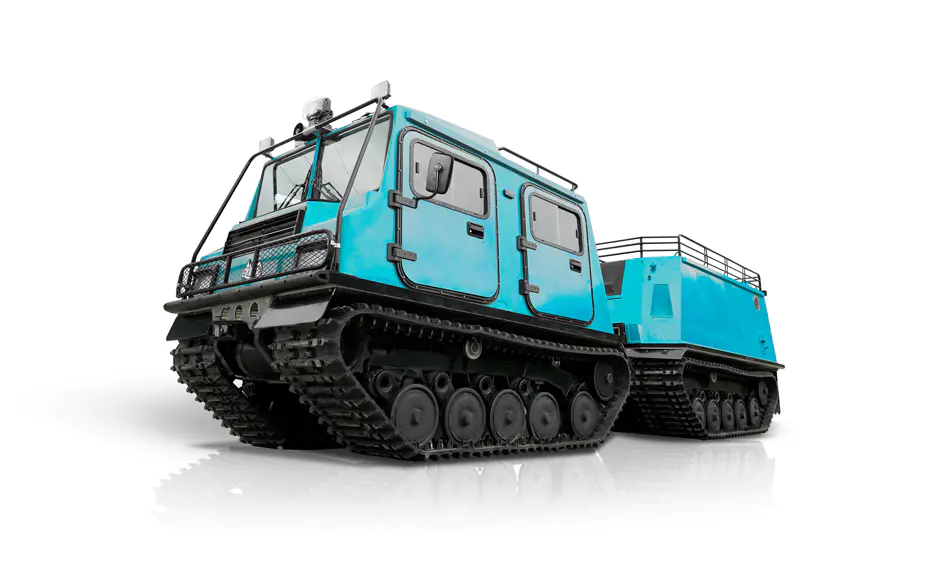
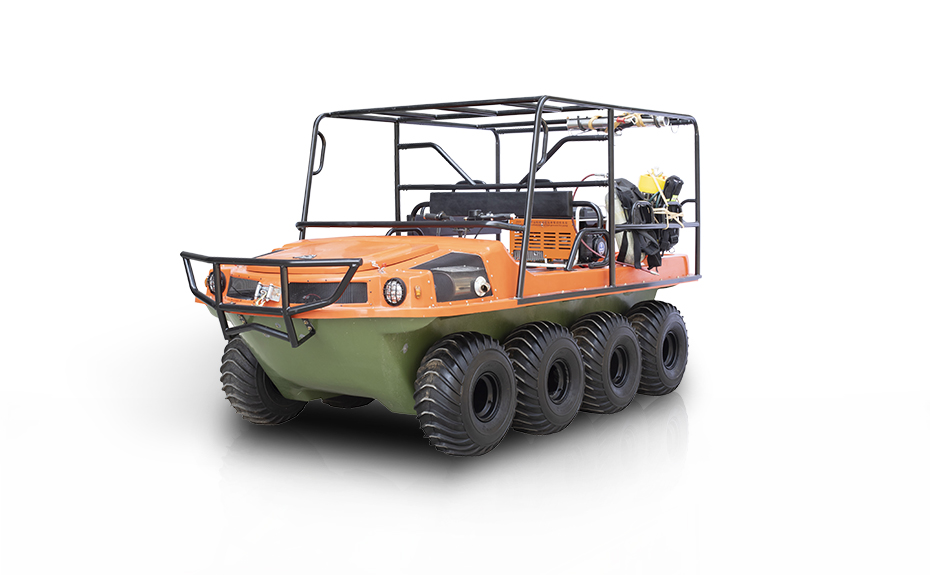
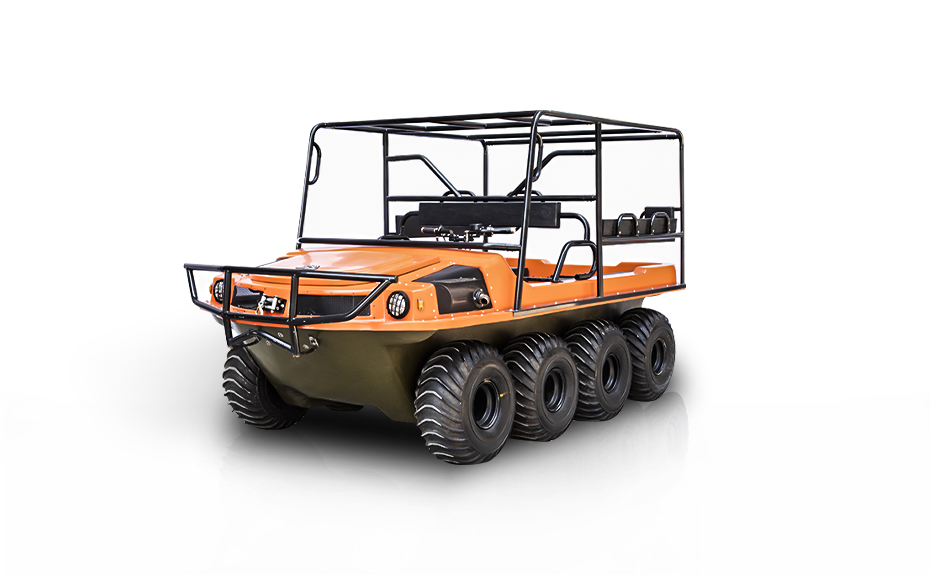
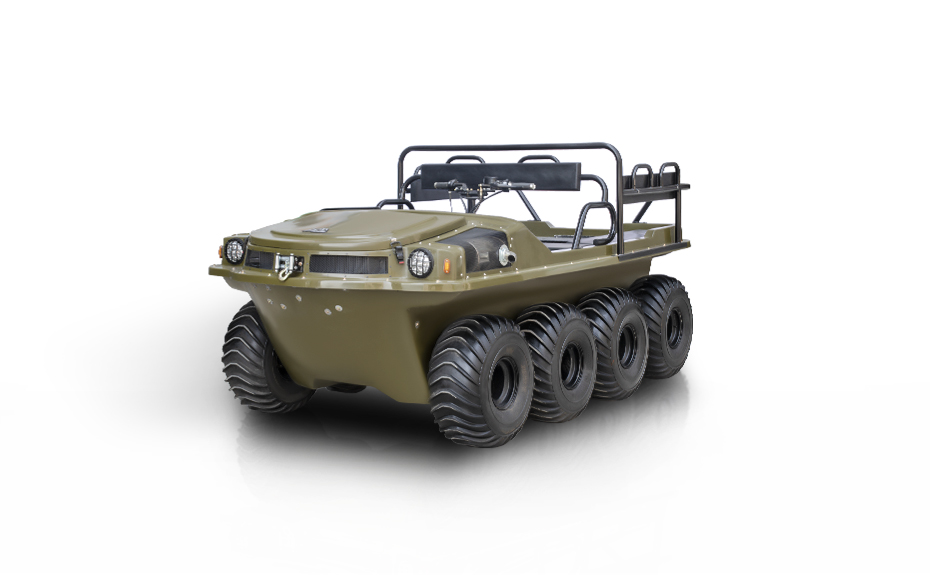





 浙ICP备2022029871号
浙ICP备2022029871号